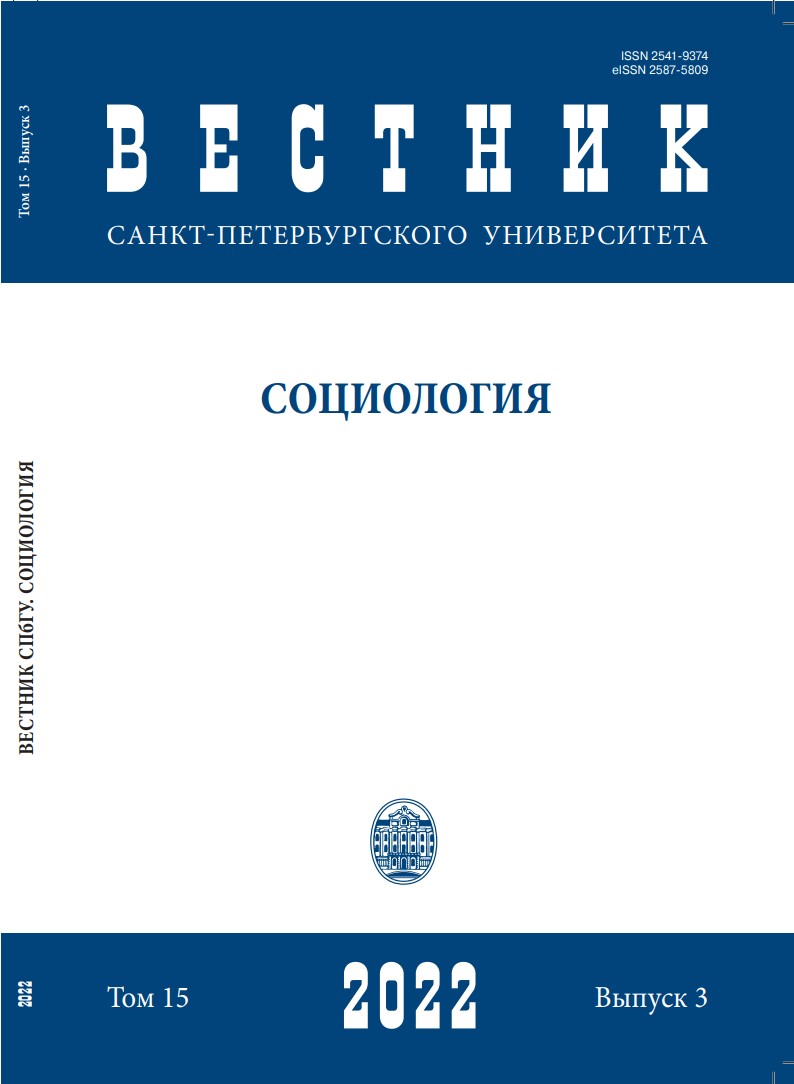Media and audiences in historical and sociological perspective
DOI:
https://doi.org/10.21638/spbu12.2022.307Abstract
What role do audiences play in the formation of the media? What influence do consumer practices have on media? This article explores the relationship between media and audiences from a historical and sociological perspectives. Using a literature review on audiences in media and communications history, this paper analyses the role of audiences in the formation of media and outlines the key terms and concepts for understanding the audiences of different media from a historical perspective. As media studies is an important part of the social sciences, conceptualising the audiences as a key part of media processes is an essential part of understanding media, including their history. It is through a sociological perspective that we can assess the importance of listeners, viewers and readers for the media development. The main terms used in media studies and media education for audience research are discussed. The concept of the media triangle is described in detail to assess the significance of audiences
to media history. The interaction between ‘old’ and ‘new’ media is then described in order to understand historical trajectories. The next section focuses on the analysis of the influence of audiences on the formation of cultural consumption practices of different media such as the press, phonograph, cinema, radio and television broadcasting, and digital media. The key terms used in this article are imagined community, media domestication, implied audience, collective and individual consumption and participatory culture. In the conclusion, paper stresses out the co-existence of the applied concepts in the current media environment as the result of media and communications development since the late 19th century
Keywords:
audiences, media history, old and new media, press, phonograph, cinema, radio, TV broadcasting, digital media
Downloads
References
Downloads
Published
How to Cite
Issue
Section
License
Articles of "Vestnik of Saint Petersburg University. Sociology" are open access distributed under the terms of the License Agreement with Saint Petersburg State University, which permits to the authors unrestricted distribution and self-archiving free of charge.




